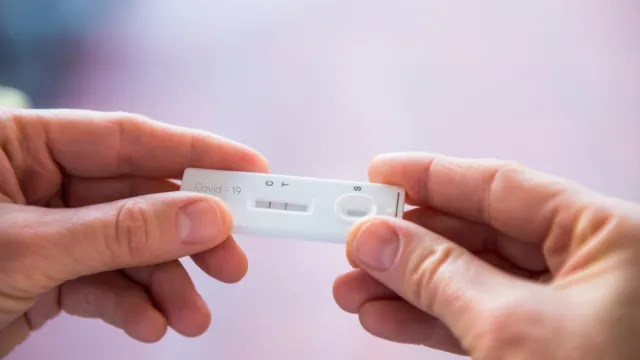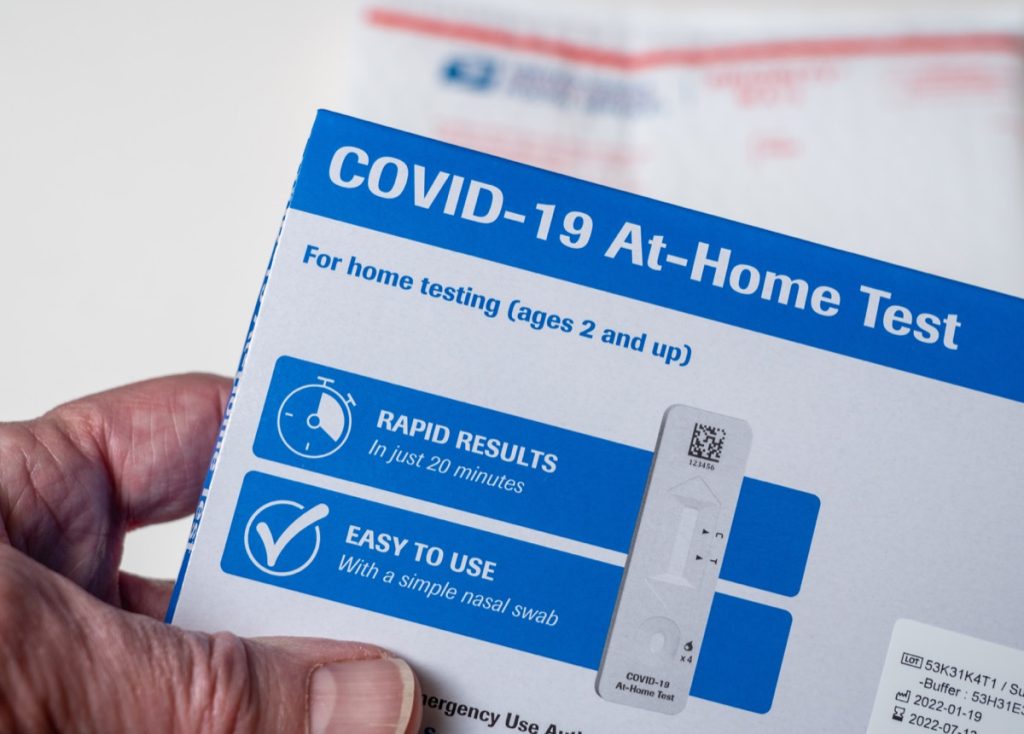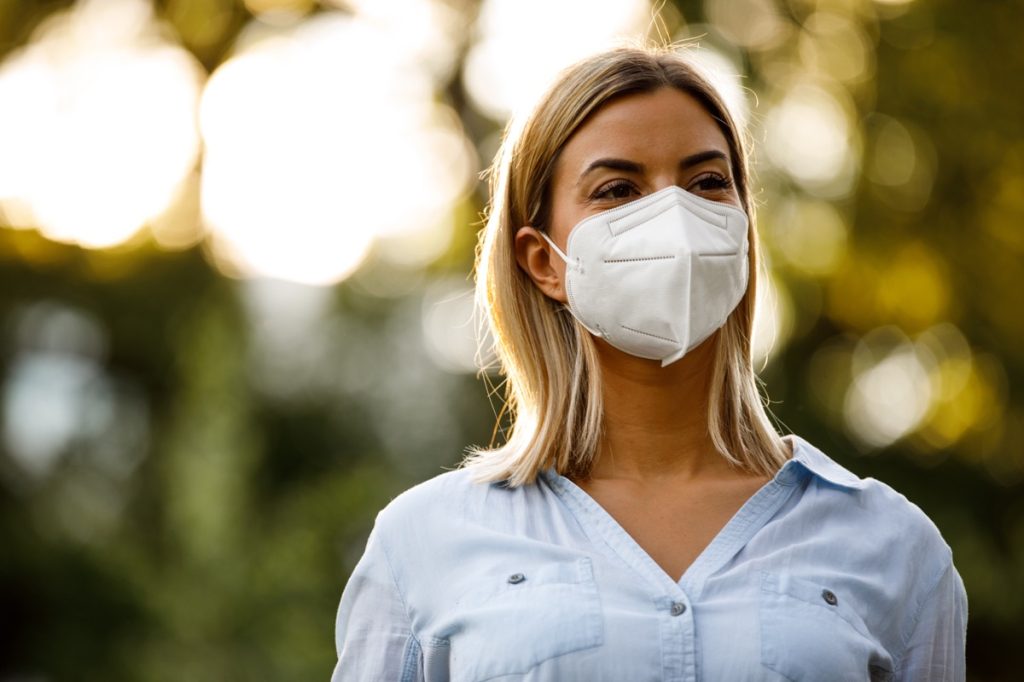34 States With “Very High” COVID Levels, New CDC Data Shows

Even though winter has long been associated with catching a cold or the flu, COVID has become an additional seasonal menace since the pandemic began. But while we’re learning to live with the virus and have been able to return to relatively normal life, there’s no denying that it still poses a substantial threat to the public. The Centers for Disease Control and Prevention (CDC) still closely monitors how it’s spreading to get ahead of any potentially dangerous trends through several methods, such as positive test rates. However, according to another form of data, the CDC says more than two-thirds of all states currently show “very high” COVID levels.
RELATED: These Are the 9 Symptoms of the New JN.1 COVID Variant, Doctors Say.
The latest findings come thanks to the agency’s National Wastewater Surveillance System (NWSS), which is able to track traces of infectious diseases in sewage. The CDC says that by scanning what’s gone down the drain from our showers, toilets, washing machines, and sinks, data can point to potential problem areas even before people begin to show symptoms or signs of infection.
Unfortunately, things may be headed in the wrong direction. In an update posted on Dec. 30, the agency found the national rate of COVID-19 viral activity was 12.85, nearly doubling from the rate of 6.93 posted at the beginning of the month on Dec. 2. This marks the highest numbers reported since January 2022, when the agency first started reporting wastewater data.
According to the CDC, wastewater data shows that COVID-19 levels are currently “very high” on a national level. Officials acknowledged that while numbers were trending upward, they were still lower than during the surge brought on by the highly contagious Omicron variant in the winter of 2022.
“Last year, the peak of infections occurred in late December, early January. We are seeing early evidence of the same timing this year, but we will continue to monitor closely,” Tom Skinner, a CDC spokesperson, told Today.com.
So, which places are seeing the highest activity rates? Read on for the states with “high” and “very high” COVID levels, according to the latest wastewater data from the CDC.
High

Even though the CDC’s scale includes lower tiers of “minimal,” “low,” and “moderate” activity levels, available data shows that no state currently ranks below the “high” category. The second-highest designation currently includes Hawaii, Minnesota, North Carolina, South Carolina, and Washington.
RELATED: 2 COVID Symptoms Now Tied for Most Common Virus Signs, Doctors Say.
Very high

The latest wastewater data finds that the majority of states currently have “very high” COVID-19 activity levels. They include Alabama, Alaska, Arkansas, California, Colorado, Delaware, Florida, Georgia, Idaho, Illinois, Indiana, Iowa, Kansas, Kentucky, Maine, Maryland, Massachusetts, Michigan, and Montana.
The remaining states in the category are Nebraska, Nevada, New Hampshire, New Jersey, New York, Ohio, Pennsylvania, South Dakota, Tennessee, Texas, Utah, Vermont, Virginia, West Virginia, and Wisconsin, per CDC data.
RELATED: 15-Year-Old Girl Suffers First-Ever Vocal Paralysis From COVID in Teens.
No data available

More than half a dozen states don’t provide their data to the NWSS, meaning they’re designated as “no data available” on the agency’s scale. These states are Arizona, Connecticut, Louisiana, Mississippi, Missouri, New Mexico, North Dakota, Rhode Island, and Wyoming. Data is also unavailable for Guam, Puerto Rico, and the U.S. Virgin Islands.
RELATED: Why the New COVID Variant Could Make You Sick Longer, Doctor Says.
Here’s how you can reduce your risk of getting sick

As numbers continue to rise, you can still take steps to lessen the likelihood of contracting COVID-19. Experts say some of the most proactive ways to stay safe will sound familiar from the earlier days of the pandemic.
“Get your mask out again if you’re going indoors, even to the supermarket,” William Schaffner, MD, an infectious disease specialist at Vanderbilt University Medical Center, told Today.com. “Certainly, if you’re traveling, going to religious services, going to that basketball game, where everybody’s close together and cheering, those are environments where the virus can spread,” he said, adding that getting a highly-rated mask like an N95 or KN95 is ideal.
Experts also suggest that anyone who hasn’t received a COVID-19 vaccination or updated booster can still benefit from getting one this season. And if you come down with the virus, it’s best to stay home to avoid spreading it to others and to seek out antivirals that can lessen the severity or duration of the illness, Today.com reports.
RELATED: For more up-to-date information, sign up for our daily newsletter.
Best Life offers the most up-to-date information from top experts, new research, and health agencies, but our content is not meant to be a substitute for professional guidance. When it comes to the medication you’re taking or any other health questions you have, always consult your healthcare provider directly.